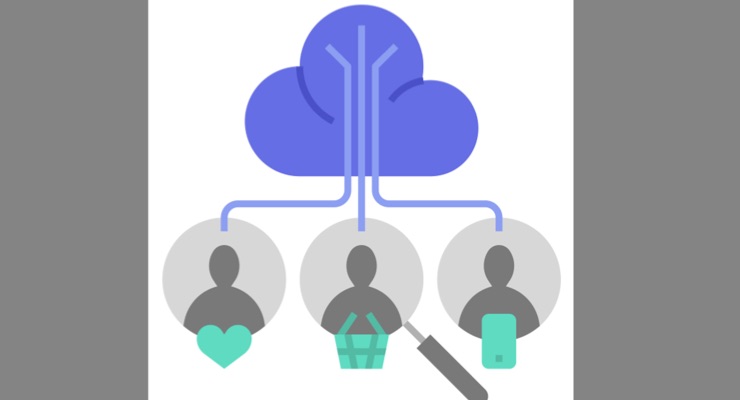Like Netflix, which uses multiple data points to recommend the best movies for each viewer, and Amazon, which uses purchase history data to recommend products and provide targeted e-commerce with exclusive offers based on individual interests. Think about sending an email.
Spotify's extensive user account customization designed to keep listeners engaged with the platform and consuming content, as well as clothing retailer Very's ability to create relevant recommendations based on local weather patterns. Please think about it.
All of this responds to consumers' desire to feel special, valued, and understood.
According to a report by EConsultancy and Cheetah, UK consumers are most likely (86%) to ask for products and services suggested based on their preferences in exchange for loyalty. French consumers were next with an increase of 82%. For Spanish consumers, the increase was more modest, but still significant at 39%.
This next level of communication ability is enabled by hyper-personalization. Rather than focusing on segments or groups, focus on individuals. Of course, we also know that it's One to One marketing.
Use real-time data analytics such as big data, artificial intelligence, and customer scoring to deliver products, content, and experiences tailored to each customer's unique needs, preferences, and context. Go beyond simple facts like a customer's name, geographic location, demographic data, and search and purchase history to access more sophisticated and complex information. This includes customer purchasing behavior, browsing activity, response rate to notifications, and how long notifications are active. Artificial intelligence analyzes data and creates insights that help businesses run highly customized campaigns. This increases the likelihood that your communications will include the best content.
Beyond customer satisfaction, there are at least five reasons why brands should include hyper-personalization as part of their marketing strategy.
- Increased Revenue According to a report from Accenture Interactive, 91% of consumers are more likely to shop with brands that recognize, remember, and provide relevant offers and recommendations. Providing a highly personalized experience shows your customers that they matter. As a result, they are more likely to purchase and become repeat customers. For example, in the insurance industry, initial sales are often made at a loss to serve as a “door opener” that leads to more insurance sales. This creates complex customer relationships that are by definition “sticky.” This principle also applies to business-to-business marketing, especially follow-up sales.
- Improving the customer experience Accurately understanding your customers eliminates irrelevant interactions and ensures efficiency in communication time and effort. It helps increase engagement and provide information that is interesting, valuable, and memorable. A Boston Consulting Group study found that customers who experienced high levels of personalization had 20% higher customer loyalty scores than those who experienced low levels of personalization.
- Reducing Customer Churn Acquiring customers is much more costly than retaining them. Hyper-personalization is a proven way to maintain interest in your brand. It's even expected. A McKinsey report found that 71% of consumers want companies to provide personalized interactions. And 76% are frustrated when it doesn't happen.
- Improving Marketing ROI Marketing, if not done effectively, can cost your business a huge amount of money. Return on investment is determined by three metrics: conversion rate, average order value, and customer acquisition cost. Hyper-personalization, which enables precise and relevant targeting of products and messaging, increases the first two and decreases the last. In fact, Econsultancy reports that 80% of companies experienced improvements after implementing personalization.
- Dynamic Targeting Hyper-personalization is dynamic. Data will be updated. This is different from traditional personalization, where information is collected and then unchecked. This reflects changes in customer needs, preferences, and behaviors, such as life milestones or new interests.
Together we create highly impactful, meaningful, and measurable communications that help our clients' customers feel understood and valued. Stay connected with your customers through communication and foster long-term loyalty. To explore examples of these and other exciting applications, visit Ricoh at drupa 2024.


